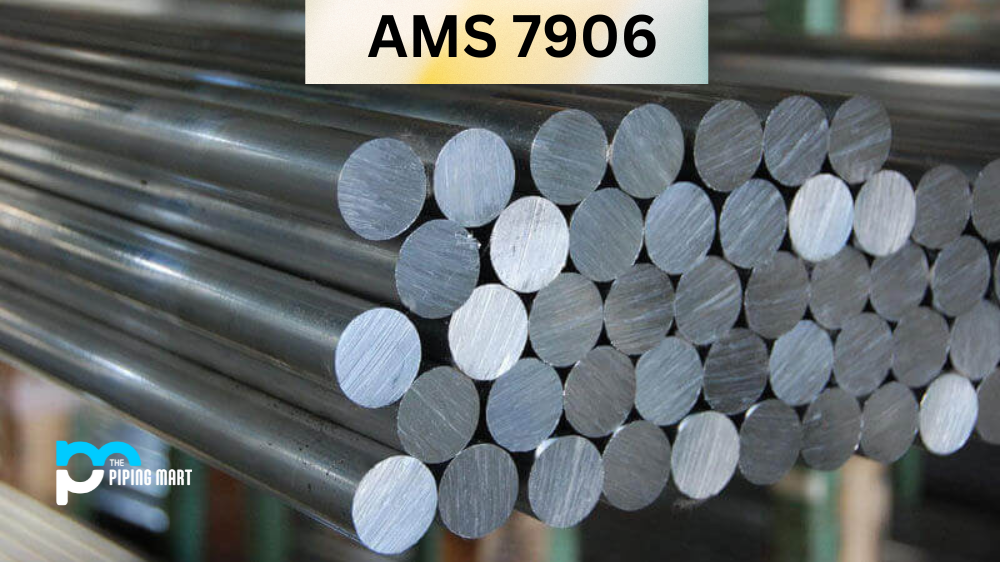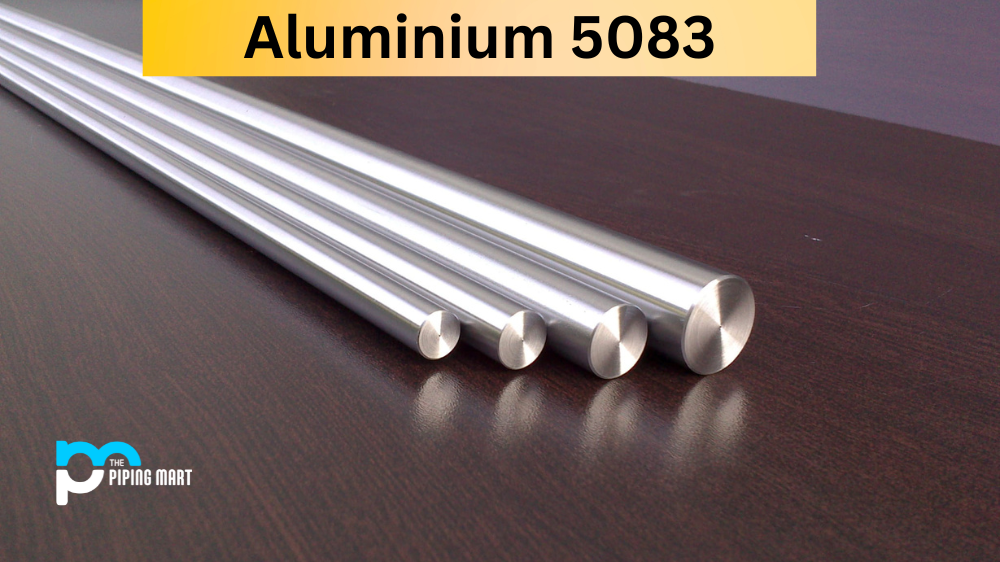AISI 1040 steel is medium carbon steel with good hardness and strength. It is also ductile and easily machined. 1040 Carbon Steel can be heat treated for higher hardness. The composition of this steel makes it suitable for many different applications, such as gears, shafts, axles, and other engineering uses. SAE/AISI 1040 Carbon Steel, also known as UNS G10400, is a popular steel alloy used in a variety of applications. One of its main benefits is its versatility, as it can be easily machined, welded, and formed to fit the needs of different projects. Of course, the chemical composition of SAE 1040 is also worth noting. It typically contains around 0.40% carbon, along with manganese, phosphorus, sulfur, and other elements that contribute to its strength and durability. All of these factors make SAE 1040 a reliable and cost-effective choice for a wide range of industries, from construction to manufacturing. Let’s take a closer look at the composition and properties of UNS G10400 steel.
What Forms of AISI 1040 is Available at Piping Mart?
- Nut
- Bar
- Bolt
- Pipe
- Screw
- Tubing
- Valves
- Washers
- Flanges
- Fasteners
- Electrodes
- Stud Bolts
- Sheet Plates
- Pipe Fittings
- Forged Fitting
- Instrumentation Fittings
AISI 1040 Composition
SAE / AISI 1040 steel consists of carbon, manganese, silicon, phosphorus, sulfur, and trace amounts of other elements. Carbon is the main alloying element present in this steel. Manganese and silicon are present in smaller quantities. The carbon content in this steel is between 0.37-0.44%
| Element | Content (%) |
|---|---|
| Iron, Fe | 98.6-99 |
| Manganese, Mn | 0.60-0.90 |
| Carbon, C | 0.370-0.440 |
| Sulfur, S | ≤ 0.050 |
| Phosphorous, P | ≤ 0.040 |
AISI 1040 Physical Properties
| Properties | Metric | Imperial |
|---|---|---|
| Density (chemical composition of 0.435% C, 0.69% Mn, 0.20% Si, annealed at 860°C (1580°F)) | 7.845 g/cc | 0.2834 lb/in³ |
| Melting point | 1521°C | 2770°C |
AISI 1040 Mechanical Properties
| Properties | Metric | Imperial |
|---|---|---|
| Tensile strength | 620 MPa | 89900 psi |
| Yield strength | 415 MPa | 60200 psi |
| Bulk modulus (typical for steels) | 140 GPa | 20300 ksi |
| Shear modulus (typical for steels) | 80 GPa | 11600 ksi |
| Elastic modulus | 190-210 GPa | 27557-30458 ksi |
| Poisson’s ratio | 0.27-0.30 | 0.27-0.30 |
| Elongation at break (in 50 mm) | 25% | 25% |
| Reduction of area | 50% | 50% |
| Hardness, Brinell | 201 | 201 |
| Hardness, Knoop (converted from Brinell hardness) | 223 | 223 |
| Hardness, Rockwell B (converted from Brinell hardness) | 93 | 93 |
| Hardness, Rockwell C (converted from Brinell hardness. Value below normal HRC range, for comparison purposes only) | 13 | 13 |
| Hardness, Vickers (converted from Brinell hardness) | 211 | 211 |
| Izod impact (annealed at 790°C (1450°F)) | 45 J | 33.2 ft-lb |
| Izod impact (as rolled) | 49 J | 36.1 ft-lb |
| Izod impact (normalized at 900°C (1650°F) | 65 J | 47.9 ft-lb |
AISI 1040 Thermal Properties
| Properties | Metric | Imperial |
|---|---|---|
| Thermal expansion co-efficient (@ 20-100°C/68-212°F, composition of 0.40% C, 0.11% Mn, 0.01% P, 0.03% S, 0.03% Si, 0.03% Cu) | 11.3 µm/m°C | 6.28 µin/in°F |
| Thermal conductivity (@ 100°C/212°F) | 50.7 W/mK | 352 BTU in/hr.ft².°F |
| Thermal conductivity (@ 0°C) | 51.9 W/mK | 360 BTU in/hr.ft².°F |
AISI 1040 Equivalent
- ASTM A29 (1040)
- ASTM A510 (1040)
- ASTM A513
- ASTM A519 (1040)
- ASTM A546 (1040)
- ASTM A576 (1040)
- ASTM A682 (1040)
- ASTM A827
- ASTM A830
- MIL S-11310 (CS 1040)
- MIL S-16788
- MIL S-46070
- SAE J1397 (1040)
- SAE J403 (1040)
- SAE J412 (1040)
AISI 1040 Uses
This steel can be used in a variety of applications, such as gears, shafts, axles, engineering parts, and other miscellaneous uses. Its high strength and good machinability make it a popular choice for many different applications. This steel can be heat treated for higher hardness levels if required by the application.
AISI 1040 Uses in Industries
Automotive Industry
One of the main uses of AISI 1040 steel is in the automotive industry. This type of steel is used to make various components such as gears, shafts, and axles due to its high strength and wear resistance. It is also commonly used to produce crankshafts and connecting rods for engines.
Machinery and Equipment
AISI 1040 steel is also widely used in the machinery and equipment industry. Its high tensile strength and toughness make it suitable for manufacturing parts that require heavy-duty performance, such as gears, sprockets, and bearings. It is also commonly used to produce agricultural equipment, construction machinery, and industrial tools.
Construction Industry
AISI 1040 steel is commonly used in the construction industry to make structural components such as beams, columns, and joists due to its high strength-to-weight ratio. It is also utilized in building bridges, highways, tunnels, and other infrastructure projects that require durable materials.
Aerospace Industry
The aerospace industry also utilizes AISI 1040 steel for its lightweight yet strong properties. It is often used to produce aircraft landing gear components because it can withstand heavy loads while still being lightweight enough to maintain fuel efficiency.
Manufacturing Industry
Lastly, AISI 1040 steel has a wide range of uses in the manufacturing industry due to its versatility and cost-effectiveness. It can be found in hand tools, cutlery, appliances, furniture hardware, and many more. Its machinability also makes it a popular choice for various manufacturing processes.
AISI 1040 Corrosion Resistance
The SAE/AISI 1040 steel alloy offers many benefits with its corrosion resistance properties. It provides maximum resistance in atmospheres with high humidity, preventing rust and pitting of the material surface. Additionally, it is resistant to most corrosive agents, such as acidic solutions, alkaline solutions and salt sprays. With its superior ability to resist chemicals and humid environments, this alloy makes an excellent choice for a variety of applications, including high-temperature and cryogenic storage tanks, farm equipment, ships, bridges and naval applications. Its performance has been proven in many extreme conditions with no significant loss or detriment to the material structure. Due to these remarkable qualities and versatile usage possibilities, SAE/AISI 1040 has become one of the most trusted alloys in industrial settings around the world.
AISI 1040 Heat Resistance
The heat resistance of SAE / AISI 1040 steel is remarkable, making it a favourite choice for use in extreme temperatures. It is well-suited to applications demanding excellent mechanical strength and toughness at both room temperature and in high-temperature environments. With a capacity to resist scaling and oxidation at temperatures up to 800°C, this versatile steel has been seen used in a variety of engineering scenarios where heat retention might be an issue. Furthermore, its tenacity remains satisfactory even when the steel is subjected to temperatures exceeding 1,000°C, making it a reliable option for durable results through countless heating cycles.
AISI 1040 Heat Treatment
Heat treatment of SAE / AISI 1040 is generally carried out by hardening and tempering the steel. This is done by heating the steel to a high temperature, cooling it quickly and then reheating it at a lower temperature for a period of time. Depending on the desired hardness, cooling can be done in oil or water, with the former usually preferred for greater toughness and strength. While tempering can increase ductility and wear resistance, proper heat treatment of SAE / AISI 1040 requires precision timing and exact temperatures to achieve consistent results across multiple pieces of material. Through proper heat treatment, SAE / AISI 1040 can become an incredibly useful tool for applications that require superior strength and durability.
AISI 1040 Machining
The machinability of AISI 1040 steel is pretty good. It can be machined using all the conventional methods like turning, drilling, tapping, etc. This steel can be hardened by heating it to 870-900C. Quenching is done in air or oil. Tempering is done at 460-520C for better Honing, grinding and surface finish results. This alloy does not exhibit temper brittleness.
AISI 1040 Welding
SAE/AISI 1040 welding provides excellent structural integrity with superior tensile strength and ductility. It offers good machinability due to its carbon content as well as weldability because of both low carbon and medium-low alloy content. It can also be carburized or hardened by cold working. 1040 is an ideal choice for parts that require tremendous amounts of stress or weight, such as drive shafts and connecting rods, while its ability to be easily fabricated makes it suitable for parts like gears, basic hand tools, and heavy-duty crankshafts in a variety of industries.
Conclusion:
SAE / AISI 1040 is a versatile medium carbon steel with good hardness and strength levels. It is also easily machined and ductile. This steel can be used in many different applications, such as gears, shafts, axles, engineering parts, etc. It can also be heat treated for higher hardness levels if required by the application. Thanks for reading!

Abhishek is a seasoned blogger and industry expert, sharing his insights and knowledge on various topics. With his research, Abhishek offers valuable insights and tips for professionals and enthusiasts. Follow him for expert advice on the latest trends and developments in the metal industry.




